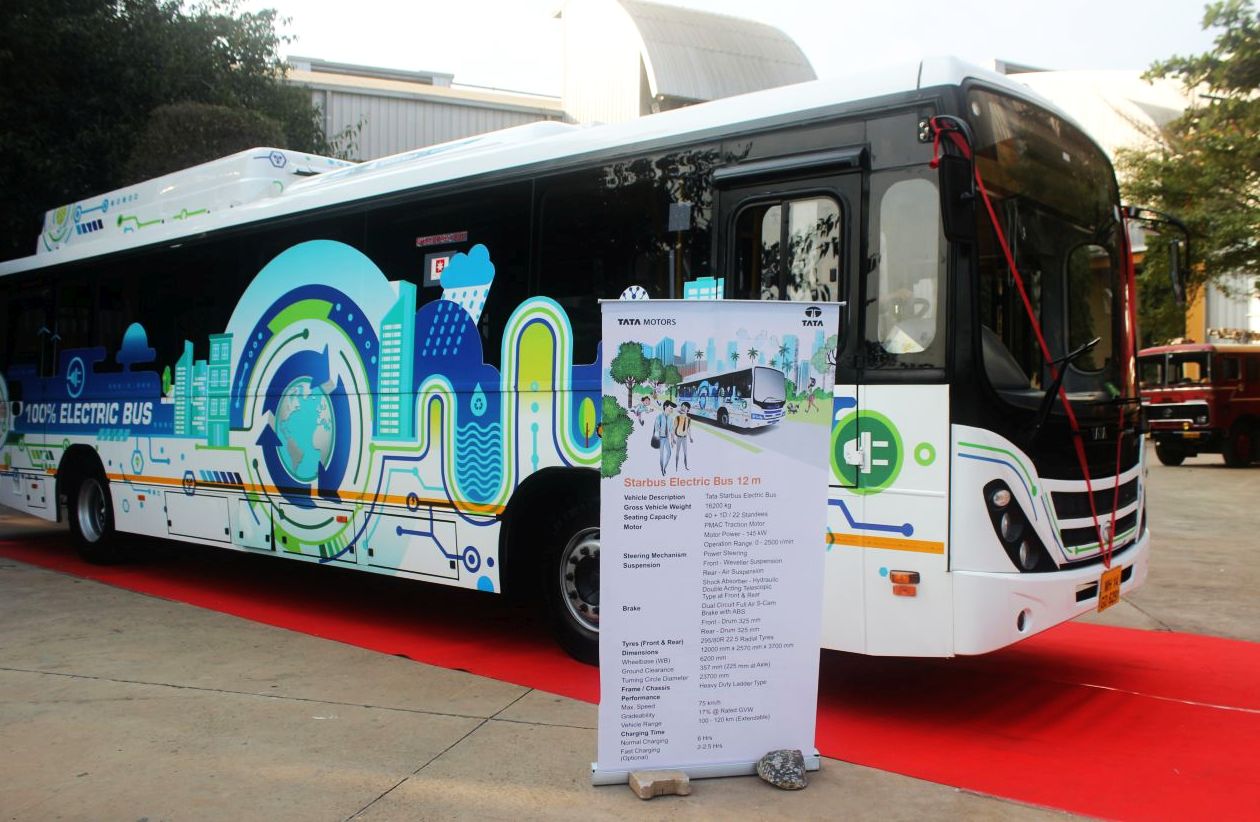The world is moving faster than ever, but at what cost? Transportation powers economies, connects people, and fuels exploration, yet it also contributes nearly a quarter of global carbon emissions. The challenge is clear: how can people keep the world in motion without leaving a trail of pollution behind? The answer lies in ‘Sustainable transport’, which is not just a trend; it’s a revolution reshaping how people move, think, and live.
From Awareness to Action
Change often begins with awareness, but sustainability demands action. Every decision people make on the road, whether it’s choosing a vehicle or even a delivery method, has an environmental footprint. Transitioning toward greener transport starts with understanding those impacts and finding smarter alternatives.
Electric vehicles, for instance, have become symbols of progress. They’re not just cleaner; they’re catalysts for a broader shift in how people consume energy. However, sustainable transport isn’t limited to technology; it’s also about habits. Walking, cycling, using public transit, or even planning shared routes can collectively reduce congestion, pollution, and energy waste. Each small choice contributes to a larger movement toward cleaner air and healthier cities.
Smart Systems for a Smarter Planet

The road to sustainability is paved with innovation. Advances in renewable fuels, lightweight materials, and intelligent traffic systems are transforming how transport networks operate. Cities across the globe are investing in electric buses, solar-powered charging stations, and smart mobility hubs that integrate multiple modes of travel seamlessly.
Businesses, too, are playing their part. Logistics and transport companies are reimagining delivery routes to minimize emissions and improve efficiency. A prime example is how services like Staffordshire motorcycle shipping connect customers with transport providers who already plan similar trips. This approach reduces unnecessary mileage, lowers carbon output, and supports a more circular, resource-conscious economy. Such innovations demonstrate that sustainability isn’t about doing less; it’s about doing better. When technology and intention align, progress becomes unstoppable.
Human Side of the Journey
Sustainable transport isn’t just an environmental issue; it’s a human one. Cleaner mobility means safer streets, quieter cities, and more breathable air. It means communities built for people, not just vehicles. It’s about ensuring that future generations inherit not only functioning roads but thriving ecosystems.
In many parts of the world, local initiatives are proving that grassroots action can drive massive change. From bike-sharing programs in urban centers to rural carpooling cooperatives, individuals are taking ownership of their environmental impact. Each shared ride, each electric mile, each conscious choice becomes a small victory for the planet.
The Road Ahead
The future of transport is green, but it depends on people. Every driver, rider, and traveler plays a part in shaping it. Choosing sustainability doesn’t mean giving up convenience; it means embracing innovation with intention. Greener roads ahead don’t just lead to destinations; they lead to a better world, one where motion and mindfulness travel side by side, and where every journey brings everyone closer to balance with the planet they call home.
Source link
Ecoideaz ecoideaz.com

